Strontium Oxide Sputtering Target Description

The strontium oxide sputtering target is a colorless target composed of high-purity strontium oxide. Strontium oxide, also known as strontia (SrO), is formed when strontium reacts with oxygen, resulting in a colorless cubic crystal. When strontium burns in air, it produces a mixture of strontium oxide and strontium nitride. Additionally, strontium oxide can be formed through the decomposition of strontium carbonate (SrCO3). It is recognized as a strongly basic oxide, making it useful in various applications.
Related Product: Strontium Sputtering Target
Strontium Oxide Sputtering Target Specification
| Material Type | Strontium Oxide |
| Symbol | SrO |
| Color/Appearance | Colorless Cubic Crystals |
| Melting Point | 2,531° C (4,588° F) |
| Boiling Point | 3200 °C (5792 °F) |
| Density | 4.7 g/cm3 |
| Type of Bond | Indium, Elastomer |
| Available Sizes | Dia.: 2.0″, 3.0″, 4.0″, 5.0″, 6.0″ Thick: 0.125″, 0.250″ |
We also offer other customized shapes and sizes of the sputtering targets; please Contact Us for more information.
Strontium Oxide Sputtering Target Bonding Service
Specialized bonding services for Strontium Oxide Sputtering Targets, including indium and elastomeric bonding techniques, enhance performance and durability. Thin Film Materials (TFM) ensures high-quality solutions that meet industry standards and customer needs.
We also offer custom machining of backing plates, which is essential for sputtering target assembly. This comprehensive approach improves target design flexibility and performance in thin film deposition. Our channels provide detailed information about bonding materials, methods, and services, helping clients make informed decisions.

Strontium Sputtering Target Application
The strontium oxide sputtering materials are used for CD-ROM, decoration, semiconductor, display, LED and photovoltaic devices, functional coating as nicely as other optical information storage space industry, glass coating industry like car glass and architectural glass, optical communication, etc.
Strontium oxide can be used in glass, optics and ceramic industries, such as the manufacture of television picture tube glass. It is also an active ingredient in paint dryers. It can also be used to prepare pure strontium by heating with aluminum under vacuum.
Strontium Sputtering Target Packaging
Our strontium oxide sputter coater target is carefully packaged in a plastic vacuum bag to prevent damage during storage and transportation, ensuring the product remains in its original condition. Additionally, the Certificate of Analysis (COA) for the raw material is included with the product to verify its quality and specifications.
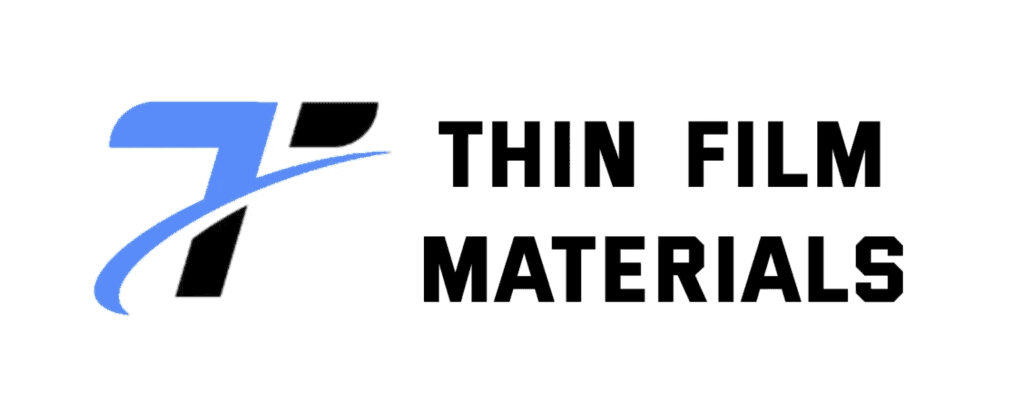
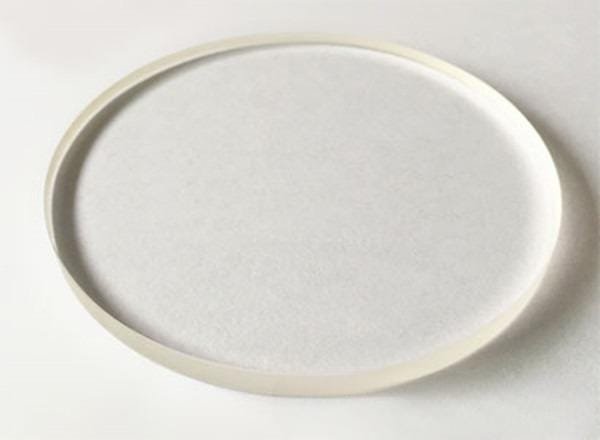
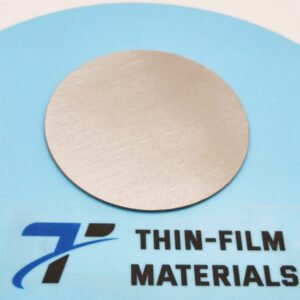
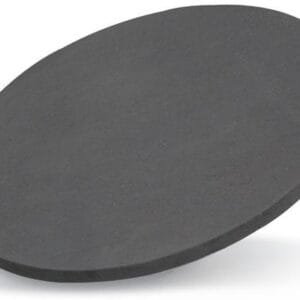
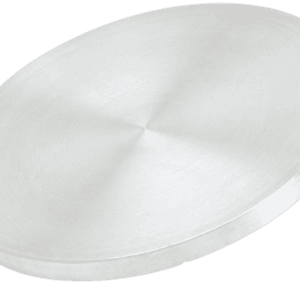
Reviews
There are no reviews yet.